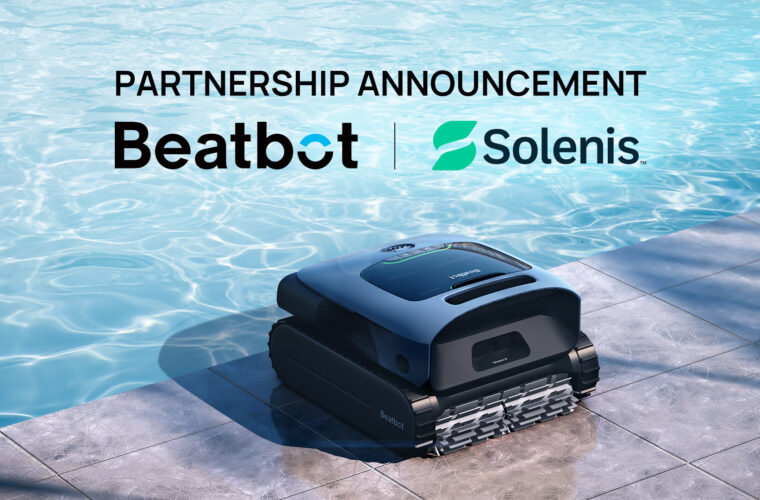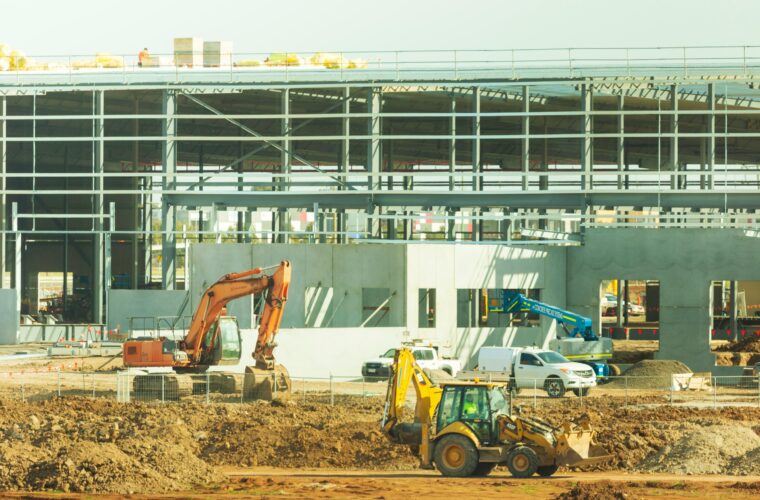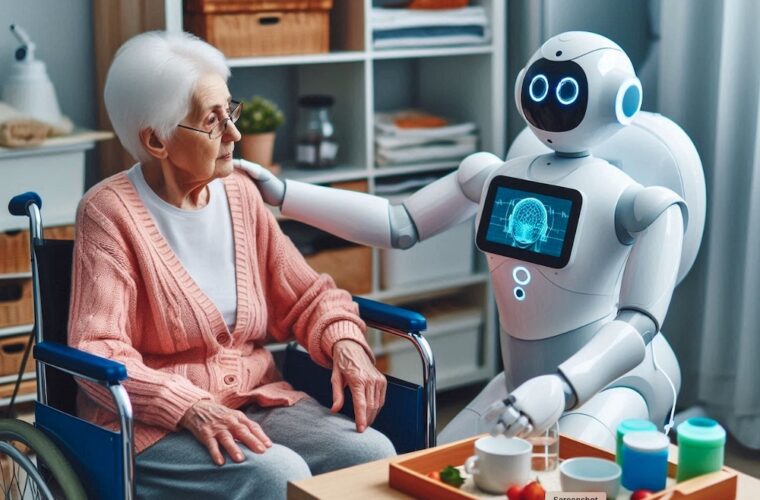World’s first fully autonomous, AI-powered restaurant opens in California
In Pasadena, California, the first fully automated fast-food restaurant is set to open in 2024, where robots will handle all operations.
Flippy, the first robot equipped with artificial intelligence, will fry chicken nuggets and potatoes, while its “colleague,” BurgerBot, will grill burgers. Additionally, the PopID, a biometric payment system, will take customer orders at the CaliExpress restaurant.
Cali Group, the company that owns Miso Robotics (the company behind Flippy), hopes that the new CaliExpress will serve as a source of inspiration “for the next generation of artificial intelligence and kitchen automation entrepreneurs.” It aims to provide educational tours and robotic exhibits, primarily targeting schools in the city and educational groups. This initiative aims to help visitors explore artificial intelligence’s new possibilities in this field.
Robots, innovation, and a whole new approach
“The use of robots for order taking and cooking allows large U.S. chains to significantly improve quality, consistency, and speed,” stated Miso Robotics CEO Rich Hull.
Miso Robotics says the robots taking the job of fast food workers will protect workers from the dangers that come from being around fast food fryers and hot oil.
The robots will also cut costs for the restaurant in CaliExpress, not having to pay workers, making it more viable to offer higher quality products such as Wagyu.
“To our knowledge, this is the world’s first operating restaurant where both ordering and every single cooking process are fully automated,” said John Miller, CEO of PopID and board member of Miso Robotics. “The marriage of these various technologies to create the most autonomous restaurant in the world is the culmination of years of research, development, and investment in a family of revolutionary companies.”
The CaliExpress location featuring Flippy will also offer a museum-like experience curated by Miso Robotics. This includes interactive exhibits such as dancing robot arms sourced from retired Flippy units, experimental 3D-printed artefacts from previous development stages, and photographic displays. The space is strategically designed to provide exceptional food and spark inspiration among the upcoming generation of entrepreneurs in kitchen AI and automation. Local schools and educational groups are encouraged to contact the restaurant for guided tours.
“The integration of AI-powered robotic order-taking and cooking allows major food chains in the U.S. to significantly enhance quality, consistency, and speed. Miso is excited to collaborate with Cali Group and PopID in bringing CaliExpress by Flippy to life. Flippy’s success story has been remarkable, and now residents of Southern California can personally witness and taste it for themselves,” Rich Hull noted.
Concerns and criticism
Critics express their concerns about the economic cost and the risk of job loss. Rob Carpenter, the founder of Valyant AI, stated in May that millions of jobs are likely to be lost in the next five to ten years as robots replace most positions in fast-food settings. “We will see artificial intelligence leap from processing facilities to consumer-facing jobs, traditionally occupied only by real people,” he noted.
It is worth noting that leading figures in technology, researchers, and academics, including OpenAI’s CEO Sam Altman, had spoken as of 2023 about the risk of jobs disappearing as they are replaced by artificial intelligence.
Despite the concerns raised by critics and industry experts regarding job displacement, proponents argue that the integration of artificial intelligence and robotics in the workforce could lead to new opportunities and job roles. They emphasize the potential for humans to transition to more complex and creative tasks, allowing them to focus on areas that require emotional intelligence, critical thinking, and problem-solving skills—areas where machines currently lack proficiency. Advocates contend that the evolution of technology should be viewed as an opportunity for upskilling and retraining the workforce, ensuring a harmonious collaboration between humans and machines in the rapidly advancing landscape of automation and artificial intelligence. As discussions surrounding the impact of these technologies continue, the challenge remains to strike a balance that maximizes the benefits while addressing the potential societal and economic challenges posed by increased automation.



